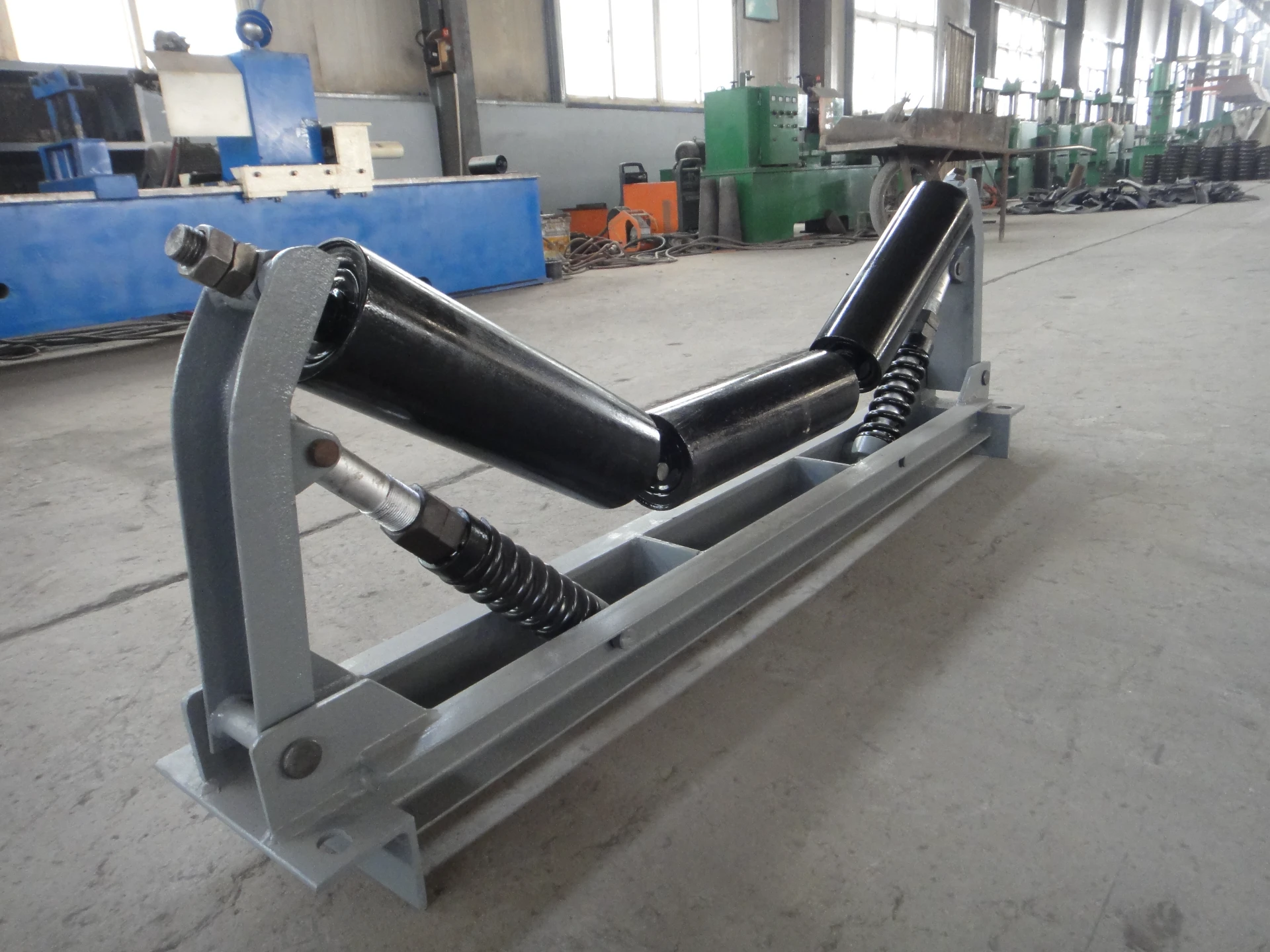 Afrikaans
Afrikaans  Albanian
Albanian  Amharic
Amharic  Arabic
Arabic  Armenian
Armenian  Azerbaijani
Azerbaijani  Basque
Basque  Belarusian
Belarusian  Bengali
Bengali  Bosnian
Bosnian  Bulgarian
Bulgarian  Catalan
Catalan  Cebuano
Cebuano  Corsican
Corsican  Croatian
Croatian  Czech
Czech  Danish
Danish  Dutch
Dutch  English
English  Esperanto
Esperanto  Estonian
Estonian  Finnish
Finnish  French
French  Frisian
Frisian  Galician
Galician  Georgian
Georgian  German
German  Greek
Greek  Gujarati
Gujarati  Haitian Creole
Haitian Creole  hausa
hausa  hawaiian
hawaiian  Hebrew
Hebrew  Hindi
Hindi  Miao
Miao  Hungarian
Hungarian  Icelandic
Icelandic  igbo
igbo  Indonesian
Indonesian  irish
irish  Italian
Italian  Japanese
Japanese  Javanese
Javanese  Kannada
Kannada  kazakh
kazakh  Khmer
Khmer  Rwandese
Rwandese  Korean
Korean  Kurdish
Kurdish  Kyrgyz
Kyrgyz  Lao
Lao  Latin
Latin  Latvian
Latvian  Lithuanian
Lithuanian  Luxembourgish
Luxembourgish  Macedonian
Macedonian  Malgashi
Malgashi  Malay
Malay  Malayalam
Malayalam  Maltese
Maltese  Maori
Maori  Marathi
Marathi  Mongolian
Mongolian  Myanmar
Myanmar  Nepali
Nepali  Norwegian
Norwegian  Norwegian
Norwegian  Occitan
Occitan  Pashto
Pashto  Persian
Persian  Polish
Polish  Portuguese
Portuguese  Punjabi
Punjabi  Romanian
Romanian  Russian
Russian  Samoan
Samoan  Scottish Gaelic
Scottish Gaelic  Serbian
Serbian  Sesotho
Sesotho  Shona
Shona  Sindhi
Sindhi  Sinhala
Sinhala  Slovak
Slovak  Slovenian
Slovenian  Somali
Somali  Spanish
Spanish  Sundanese
Sundanese  Swahili
Swahili  Swedish
Swedish  Tagalog
Tagalog  Tajik
Tajik  Tamil
Tamil  Tatar
Tatar  Telugu
Telugu  Thai
Thai  Turkish
Turkish  Turkmen
Turkmen  Ukrainian
Ukrainian  Urdu
Urdu  Uighur
Uighur  Uzbek
Uzbek  Vietnamese
Vietnamese  Welsh
Welsh  Bantu
Bantu  Yiddish
Yiddish  Yoruba
Yoruba  Zulu
Zulu Different Varieties of Take-Up Pulleys and Their Applications in Various Industries
Types of Take-Up Pulleys A Comprehensive Overview
Take-up pulleys play a vital role in various industrial applications, particularly in conveyor systems. Their primary function is to maintain tension in the conveyor belt, ensuring smooth operation and preventing slippage or overheating. Understanding the different types of take-up pulleys is crucial for optimal system performance and longevity. This article will explore the various types of take-up pulleys, their features, and their applications.
1. Fixed Take-Up Pulleys
Fixed take-up pulleys are the simplest form of take-up systems. In this configuration, the pulley is stationed at a fixed point, and the belt tension is adjusted manually by repositioning the belt. This type is suitable for shorter conveyors where minimal adjustments are necessary. However, fixed take-up systems can become cumbersome in applications requiring frequent tension adjustments.
2. Adjustable Take-Up Pulleys
Adjustable take-up pulleys offer a more versatile solution compared to fixed types. These pulleys can be adjusted in a linear direction, enabling operators to change the tension of the conveyor belt easily. The adjustment can be made through various mechanisms, such as screws or hydraulic systems. Adjustable take-up pulleys are beneficial in applications with fluctuating loads and longer conveyor systems where belt elongation can occur due to wear and tear.
types of take up pulley

Gravity take-up pulleys utilize the natural weight of a counterweight to maintain tension in the conveyor belt. This system is typically mounted on a rail or frame, allowing the pulley to move vertically. As the conveyor belt stretches, the weight incrementally moves downward, tightening the belt without the need for manual adjustments. This type is particularly advantageous in long-distance conveyance where continuous tension monitoring is required, and it reduces the need for frequent maintenance.
4. Automatic Take-Up Pulleys
Automatic take-up pulleys incorporate advanced technology to maintain belt tension. These systems often include sensors and actuators that monitor tension levels continuously. When the sensor detects a change, the actuator makes real-time adjustments to the position of the take-up pulley, ensuring optimal tension. This type is ideal for high-volume applications where downtime needs to be minimized and manual interventions should be avoided. Automatic take-up systems are commonly found in modern manufacturing and logistics operations.
5. Horizontal and Vertical Take-Up Pulleys
Take-up pulleys can also be classified based on their orientation horizontal and vertical. Horizontal take-up pulleys are generally used in applications where space is limited. They allow for tension adjustments to be made without interfering with the conveyor’s vertical alignment. Conversely, vertical take-up pulleys are used in systems where the belt runs in a vertical plane. These configurations help maintain tension in scenarios with high incline or decline.
Conclusion
Choosing the right type of take-up pulley is essential for the efficiency and reliability of conveyor systems. Each type of take-up pulley, whether fixed, adjustable, gravity, automatic, or oriented horizontally or vertically, has its own set of advantages and applications. By understanding these differences, engineers and operators can select the most suitable take-up pulley, ensuring optimal performance, extended equipment life, and reduced maintenance costs. Emphasizing the importance of take-up pulleys in belt conveyor systems not only enhances operational effectiveness but also contributes to overall industrial productivity. Proper selection and maintenance of these critical components can lead to significant improvements in workflow and efficiency.
-
Revolutionizing Conveyor Reliability with Advanced Rubber Lagging PulleysNewsJul.22,2025
-
Powering Precision and Durability with Expert Manufacturers of Conveyor ComponentsNewsJul.22,2025
-
Optimizing Conveyor Systems with Advanced Conveyor AccessoriesNewsJul.22,2025
-
Maximize Conveyor Efficiency with Quality Conveyor Idler PulleysNewsJul.22,2025
-
Future-Proof Your Conveyor System with High-Performance Polyurethane RollerNewsJul.22,2025
-
Driving Efficiency Forward with Quality Idlers and RollersNewsJul.22,2025





























